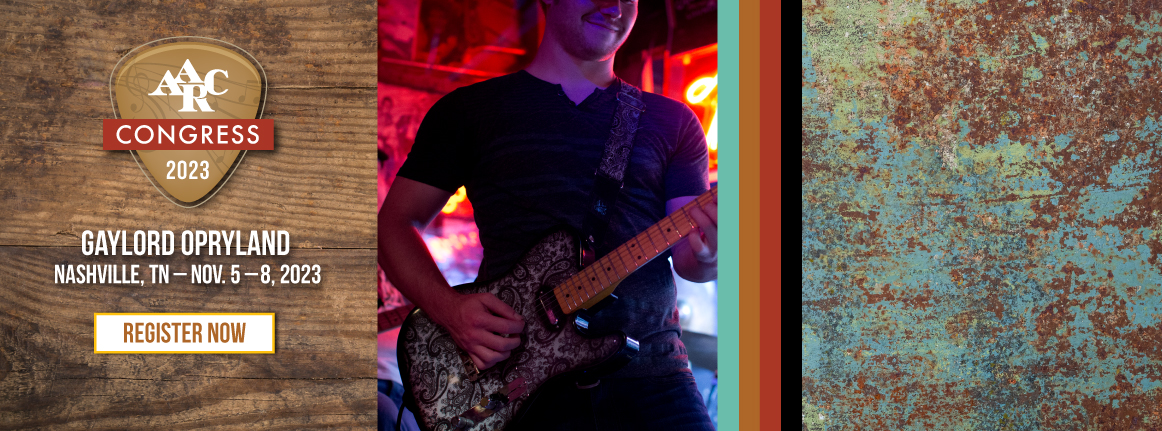
Ads Show Why We Need Strong Action to Fight Tobacco Use
Starting Nov. 26, the major U.S. tobacco companies have to run ads nationally telling the American people the truth about the deadly consequences of smoking and secondhand smoke.
A federal court in 2006 ordered the companies to make these “corrective statements” after finding them guilty of breaking civil racketeering laws and lying to the public about the dangers of smoking and how they marketed to children. The ads will finally run after 11 years of appeals by the tobacco companies aimed at weakening and delaying the statements. They even fought (successfully) to remove the phrase “here is the truth” from the corrective statements, which would have highlighted the fact that the industry deliberately deceived the public.
Public health advocates welcome the corrective statement ads because they will focus attention on the enormous public health problem caused by tobacco use and the need for strong action to save lives. To reduce tobacco use, advocates are calling state/city officials to raise the sale age of tobacco products to 21, pass a comprehensive smoke-free law, increase the state’s tobacco tax by $1.50 per pack, or increase funding for tobacco prevention and cessation programs.
“That the tobacco industry has finally been brought to its knees is a red letter day for patient and public health advocates everywhere,” said Anne Marie Hummel, AARC associate executive director for advocacy and government affairs. “No longer can ‘big tobacco’ hide behind the lies and marketing strategies that have outright deceived the public for decades about the dangers of tobacco use.”
In the U.S., 1.6 million high school students still smoke, and more than 350 children become regular smokers each day.
“Tobacco use is the number one cause of preventable death in this country,” Hummel said. “We applaud the court’s findings to force the manufacturers of tobacco products to tell the truth about the addictiveness of nicotine and the adverse health effects of smoking, including exposure to second-hand smoke.”
In 1999, the U.S. Department of Justice sued the major cigarette manufacturers, charging they had violated the civil provisions of the Racketeer Influenced and Corrupt Organizations Act (RICO) and other laws. Tobacco company defendants in the case include Altria, its Philip Morris USA subsidiary and R.J. Reynolds.
On Aug. 17, 2006, U.S. District Judge Gladys Kessler issued her verdict against the companies. In a 1,683-page final opinion, she detailed how the tobacco companies “have marketed and sold their lethal products with zeal, with deception, with a singled-minded focus on their financial success, and without regard for the human tragedy or social costs that success exacted.” Importantly, Judge Kessler concluded, “The evidence in this case clearly establishes that Defendants have not ceased engaging in unlawful activity.”
Judge Kessler ordered the tobacco companies to publish corrective statements on five topics about which they had deliberately deceived the public:
- the adverse health effects of smoking;
- addictiveness of smoking and nicotine;
- lack of significant health benefit from smoking “low tar,” “light,” “ultra light,” “mild” and “natural” cigarettes (products that have been deceptively marketed as less harmful than regular cigarettes);
- manipulation of cigarette design and composition to ensure optimum nicotine delivery; and
- adverse health effects of exposure to secondhand smoke.
“The battle against the tobacco industry has been long and hard, and, unfortunately, it’s far from over,” said Thomas Kallstrom, RRT, MBA, FAARC, AARC Executive Director. “We’ve made dozens of steps forward and this court decision is another step. We need to share this news in every opportunity we may have to show our unity in the message that we will not tolerate such racketeering efforts.”
The corrective statement ads will start running Nov. 26 in print and online in about 50 newspapers specified by the court. They will also run during prime time on the major television networks for one year. The tobacco companies must also publish the corrective statements on their websites and cigarette packs; implementation details are still being finalized.
The corrective statement newspaper ads must run in the front section of Sunday newspapers on Nov. 26, Dec. 10, Jan. 7, Feb. 4 and March 4. Corrective statements will appear in local and national papers, such as USA Today and the Wall Street Journal. The tobacco companies will pay the entire cost of running the ads. (View the full text of the corrective statements and details on when and where they will run.)
Despite significant progress in reducing smoking, tobacco use is still the leading preventable cause of death and disease in the United States, killing more than 480,000 Americans and costing the nation about $170 billion in health care expenses each year.
U.S. Racketeering Verdict Timeline
U.S. Racketeering Verdict Press Releases
- Starting this Week, Tobacco Companies Must Run Court-Ordered Ads Telling the Truth about Their Lethal Products (November 20, 2017)
- Tobacco Companies Must Finally Tell Public the Truth about Their Lethal Products – 11 Years After a Court Ordered It (October 4, 2017)
- Ten Years Ago, a Federal Judge Found Tobacco Companies Lied to the American People; They’re Still Fighting Order to Publish Corrective Statements (August 16, 2016)
- U.S. Judge Orders Tobacco Companies to Admit Deception and Tell the Truth to the American People (November 27, 2012)
- Federal Appeals Court Rejects Tobacco Industry Effort to Escape Corrective Actions for Violating Racketeering Laws (July 27, 2012)
- U.S. Supreme Court Upholds Verdict that Tobacco Companies Conspired To Deceive American Public and Addict Children (June 29, 2010)
- U.S. Court of Appeals Affirms 2006 Lower Court Ruling That Tobacco Companies Committed Fraud for Five Decades and Lied About the Dangers of Smoking (May 23, 2009)
- Tobacco Companies Found Guilty of Massive Wrongdoing But Remedies Fail to Protect American People and Must Be Appealed (August 17, 2006)
- Judge Kessler Grants Public Health Motion to Intervene (July 22, 2005)
Email newsroom@aarc.org with questions or comments, we’d love to hear from you.














